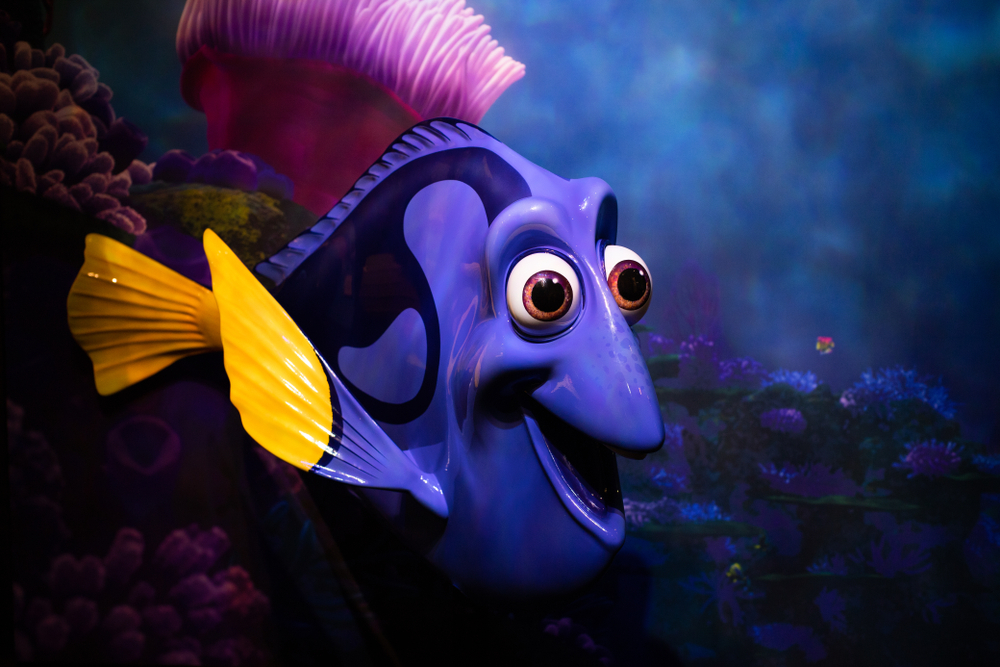Beneath the shimmering surface of our oceans lies a world teeming with life, where an astonishing array of creatures roam in a realm largely unexplored by humans. Among these inhabitants are the enigmatic cnidarians, a diverse group of aquatic invertebrates that captivate both scientists and casual observers alike. From the intricate beauty of coral reefs to the haunting grace of jellyfish drifting through the depths, cnidarians hold a unique place in the marine ecosystem. In this article, we delve into the captivating world of cnidarians, exploring their biology, ecological significance, and the challenges they face in an ever-changing environment.
An Overview of Cnidarians:
Cnidarians represent a phylum of marine animals characterized by their simple radial symmetry and specialized stinging cells called cnidocytes. This diverse group includes familiar organisms such as jellyfish, corals, sea anemones, and hydroids, each exhibiting unique adaptations to their respective habitats. Despite their apparent simplicity, cnidarians possess remarkable capabilities, from the stunning bioluminescence of certain jellyfish species to the architectural complexity of coral colonies.
One of the defining features of cnidarians is their cnidocytes, which contain nematocysts, microscopic harpoon-like structures used for defense and capturing prey. When triggered, these cnidocytes discharge rapidly, injecting toxins into potential threats or immobilizing prey. This sophisticated weaponry allows cnidarians to navigate the challenges of their underwater environment, where predation and competition for resources are constant realities.
Ecological Significance:
Cnidarians play a vital role in marine ecosystems, serving as both predators and prey while also contributing to habitat formation and nutrient cycling. Coral reefs, often referred to as the “rainforests of the sea,” are perhaps the most iconic example of cnidarian habitats. These intricate structures, built by colonies of tiny coral polyps over thousands of years, provide shelter and sustenance for a staggering array of marine life.
Beyond coral reefs, cnidarians influence nutrient dynamics and energy flow within marine food webs. Jellyfish, for instance, are voracious predators capable of consuming large quantities of zooplankton and small fish. While their population explosions, known as jellyfish blooms, can disrupt fisheries and tourism, they also serve as important prey for marine predators, including sea turtles and certain fish species.
Moreover, cnidarians contribute to the global carbon cycle through processes such as photosynthesis and calcification. Coral polyps, for example, form symbiotic relationships with photosynthetic algae known as zooxanthellae, which provide corals with essential nutrients and contribute to the vibrant colors of coral reefs. Additionally, the calcium carbonate skeletons produced by corals play a crucial role in carbon sequestration, helping to mitigate the impacts of climate change.
Challenges and Conservation:
Despite their ecological significance, cnidarians face a myriad of threats, many of which are exacerbated by human activities. Climate change poses perhaps the greatest risk to cnidarian populations, as rising sea temperatures and ocean acidification threaten the health and stability of coral reefs worldwide. Coral bleaching, a phenomenon in which corals expel their symbiotic algae due to stress, has become increasingly prevalent in recent decades, leading to widespread coral mortality.
In addition to climate change, cnidarians are impacted by pollution, overfishing, habitat destruction, and invasive species. Coastal development, for example, can introduce sedimentation and pollutants into marine environments, smothering coral reefs and degrading water quality. Similarly, overfishing can disrupt marine food webs and reduce the abundance of cnidarian predators, leading to imbalances in ecosystem dynamics.
Conservation efforts aimed at protecting cnidarians and their habitats are therefore of paramount importance. Marine protected areas, such as marine parks and sanctuaries, can help safeguard vulnerable ecosystems from human disturbances. Additionally, reducing carbon emissions and transitioning to renewable energy sources are essential for mitigating the impacts of climate change on cnidarians and other marine organisms.
Furthermore, public awareness and education play a crucial role in fostering appreciation for cnidarians and promoting sustainable stewardship of marine resources. Citizen science initiatives, for instance, empower individuals to contribute data on cnidarian populations and monitor environmental changes in their local communities. By working together to address the complex challenges facing cnidarians, we can strive to ensure the long-term health and resilience of our oceans.
Conclusion:
In the vast expanse of the world’s oceans, cnidarians stand as testament to the beauty and complexity of marine life. From the vibrant hues of coral reefs to the ethereal dance of jellyfish in the currents, these enigmatic creatures enrich our planet in ways both seen and unseen. As stewards of the ocean, it is incumbent upon us to protect and preserve these underwater wonders for future generations to cherish and explore. Through collaboration, innovation, and a shared commitment to conservation, we can unlock the secrets of the cnidarian world and ensure its enduring legacy in the tapestry of life.








